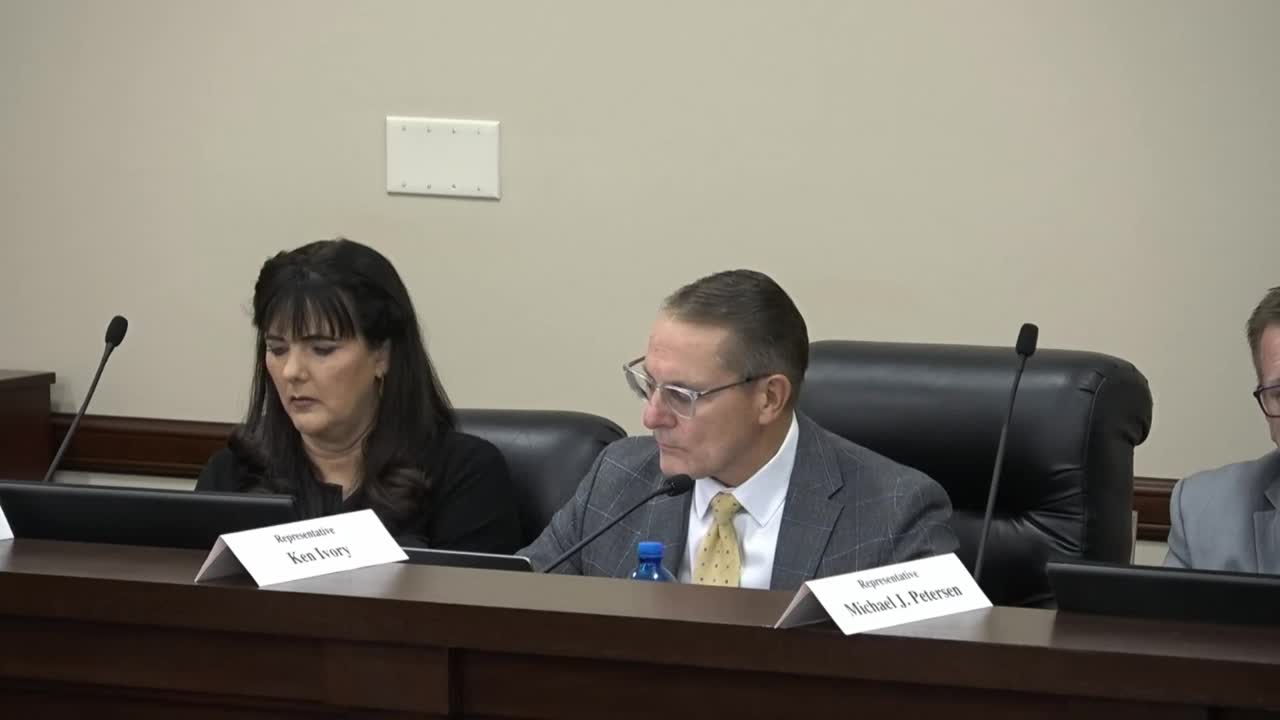Utah tackles litter crisis with new cleanup initiative
October 16, 2024 | Utah Interim, Utah Legislative Branch, Utah
This article was created by AI summarizing key points discussed. AI makes mistakes, so for full details and context, please refer to the video of the full meeting. Please report any errors so we can fix them. Report an error »

During the recent Transportation Interim Committee meeting held on October 16, 2024, in Utah, significant discussions centered around the intersection of emerging transportation technologies and the state's approach to litter and carcass removal on roadways.
One of the primary topics was the need for Utah to define its goals regarding the integration of technology in transportation. Committee members debated whether the state should prioritize attracting technology companies to develop and test their innovations locally or ensure that these technologies are fully vetted elsewhere before being deployed in Utah. The conversation highlighted the contrasting philosophies of traditional automobile manufacturers, who prioritize safety and thorough testing, and tech companies that often push out products quickly, relying on software updates to address issues post-deployment. This ongoing dialogue reflects a broader concern for public safety as Utah navigates the complexities of rapidly evolving transportation technologies.
In addition to technology discussions, the committee addressed the pressing issue of litter and carcass removal on state roads. Representative Ivory introduced a proposal inspired by successful litter campaigns in other states, particularly Texas. The initiative aims to establish a sustainable funding model for litter control and carcass removal, which has suffered from inconsistent funding in Utah. Currently, the state’s budget for these efforts is significantly lower than that of neighboring states, leading to visible litter problems along roadways.
Blake Jensen from Do Better Utah emphasized the need for year-round maintenance and consistent funding to combat litter effectively. UDOT representatives echoed this sentiment, noting that a comprehensive approach involving prevention, enforcement, and cleanup is essential for long-term success. They also discussed the importance of maintaining clear road markings, which are crucial for the operation of autonomous vehicles.
The committee is considering opening a bill file to formalize these discussions and explore potential funding sources, including targeting specific polluters and enhancing public education on littering. The goal is to create a cleaner, safer environment for all Utah residents while preparing for the future of transportation technology.
As these discussions unfold, the committee aims to align its strategies with broader community goals, ensuring that Utah remains a welcoming place for innovation while maintaining its reputation for cleanliness and safety on the roads.
One of the primary topics was the need for Utah to define its goals regarding the integration of technology in transportation. Committee members debated whether the state should prioritize attracting technology companies to develop and test their innovations locally or ensure that these technologies are fully vetted elsewhere before being deployed in Utah. The conversation highlighted the contrasting philosophies of traditional automobile manufacturers, who prioritize safety and thorough testing, and tech companies that often push out products quickly, relying on software updates to address issues post-deployment. This ongoing dialogue reflects a broader concern for public safety as Utah navigates the complexities of rapidly evolving transportation technologies.
In addition to technology discussions, the committee addressed the pressing issue of litter and carcass removal on state roads. Representative Ivory introduced a proposal inspired by successful litter campaigns in other states, particularly Texas. The initiative aims to establish a sustainable funding model for litter control and carcass removal, which has suffered from inconsistent funding in Utah. Currently, the state’s budget for these efforts is significantly lower than that of neighboring states, leading to visible litter problems along roadways.
Blake Jensen from Do Better Utah emphasized the need for year-round maintenance and consistent funding to combat litter effectively. UDOT representatives echoed this sentiment, noting that a comprehensive approach involving prevention, enforcement, and cleanup is essential for long-term success. They also discussed the importance of maintaining clear road markings, which are crucial for the operation of autonomous vehicles.
The committee is considering opening a bill file to formalize these discussions and explore potential funding sources, including targeting specific polluters and enhancing public education on littering. The goal is to create a cleaner, safer environment for all Utah residents while preparing for the future of transportation technology.
As these discussions unfold, the committee aims to align its strategies with broader community goals, ensuring that Utah remains a welcoming place for innovation while maintaining its reputation for cleanliness and safety on the roads.
View full meeting
This article is based on a recent meeting—watch the full video and explore the complete transcript for deeper insights into the discussion.
View full meeting

